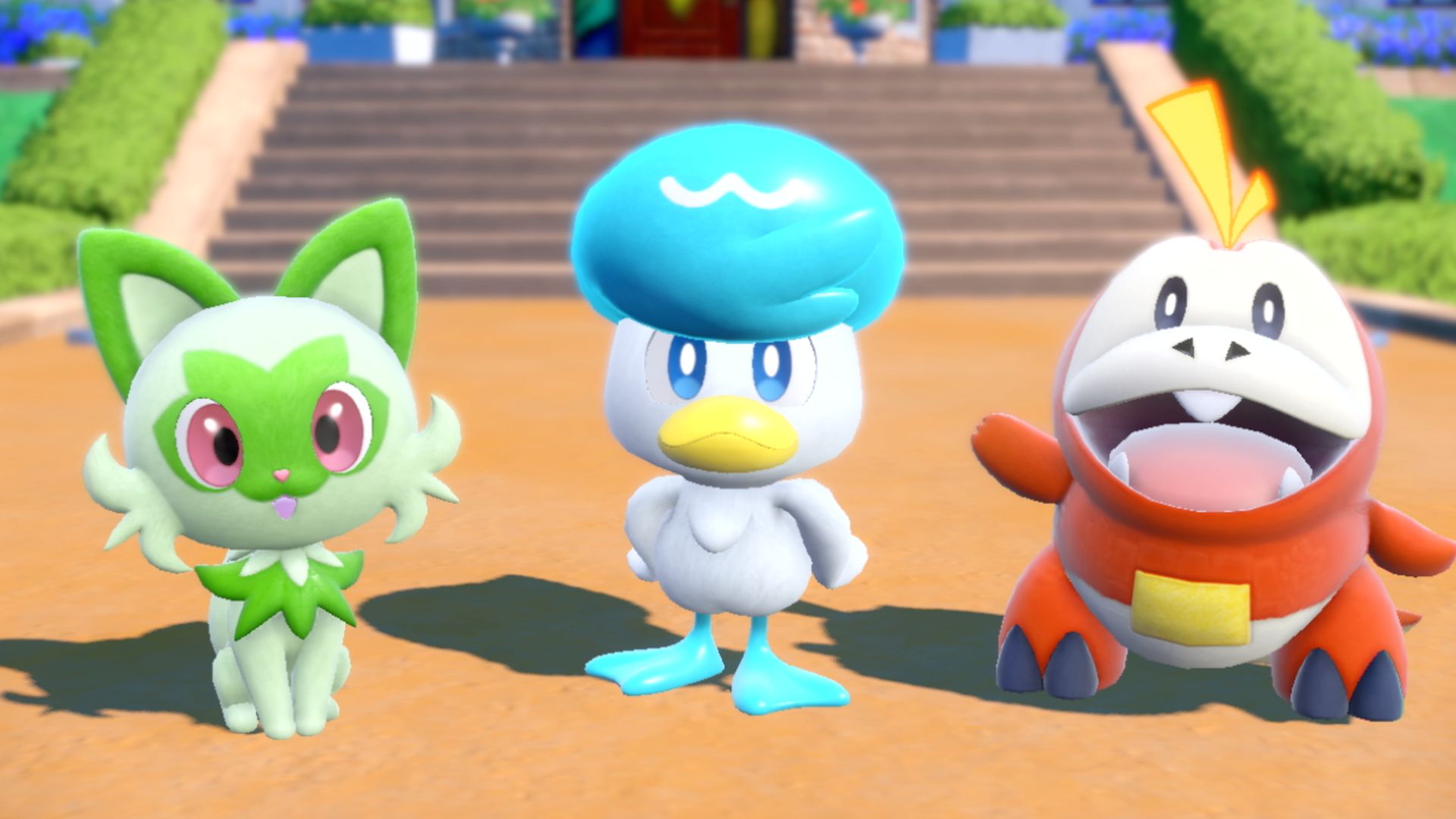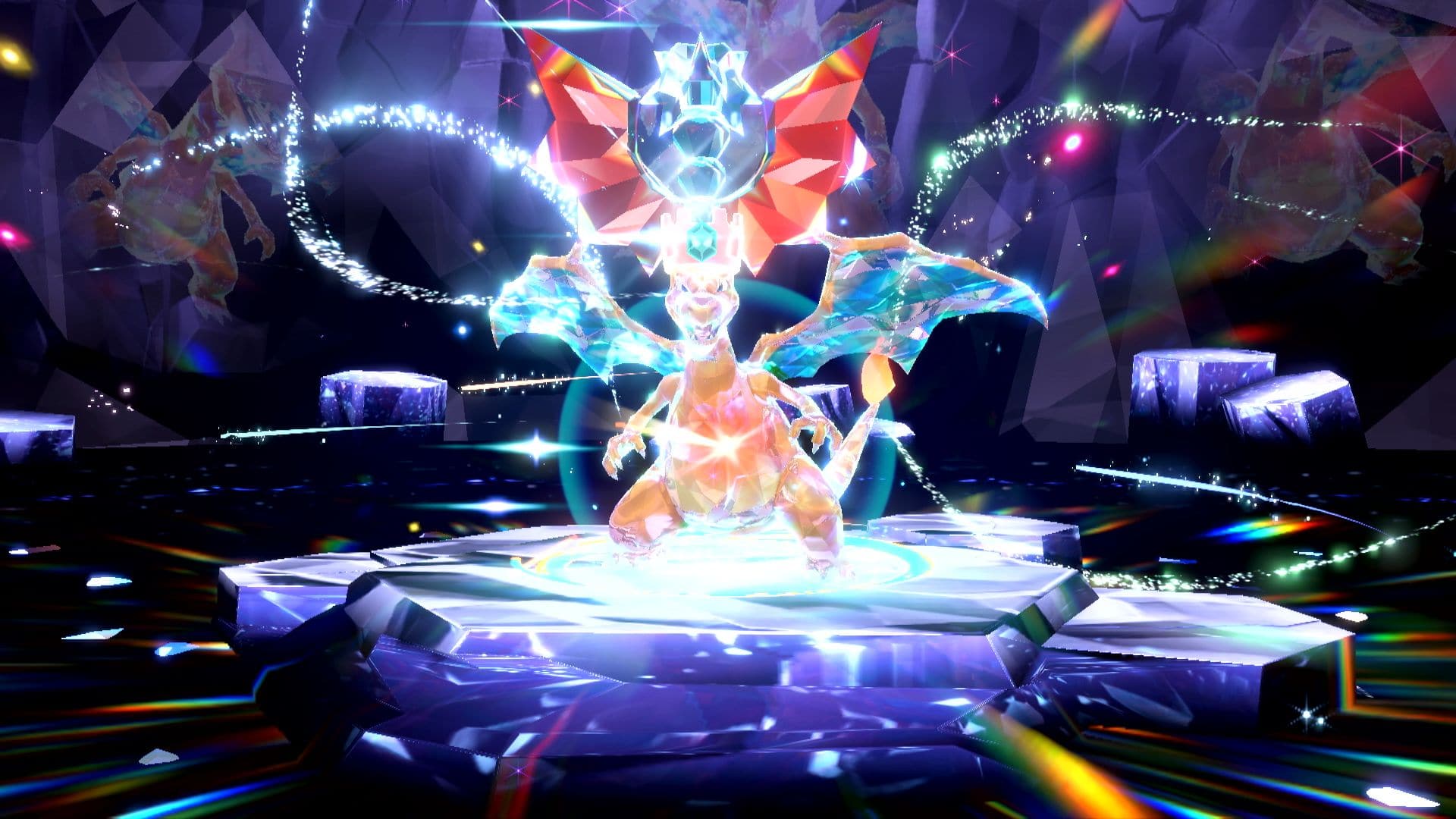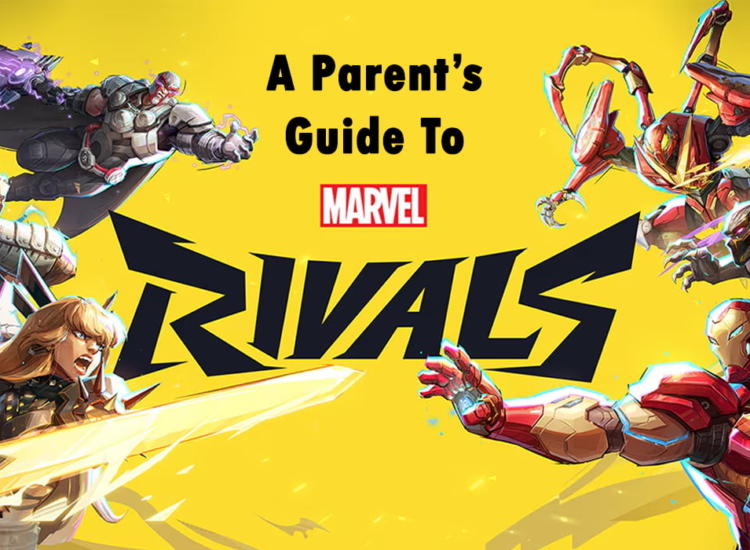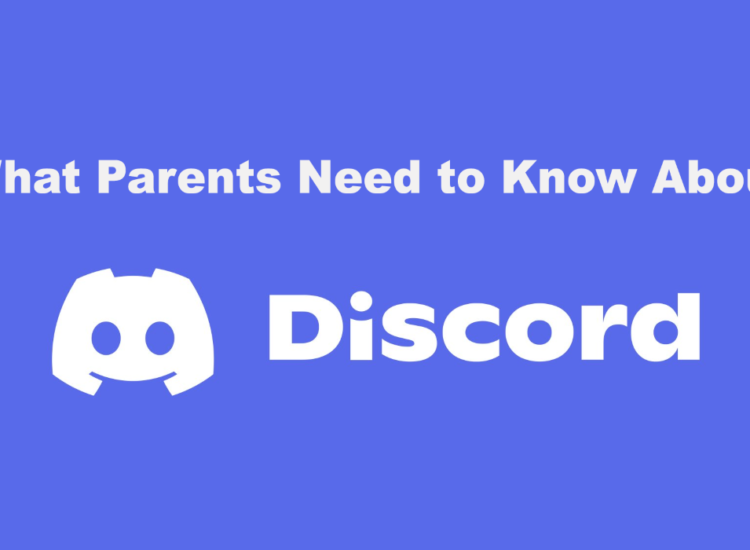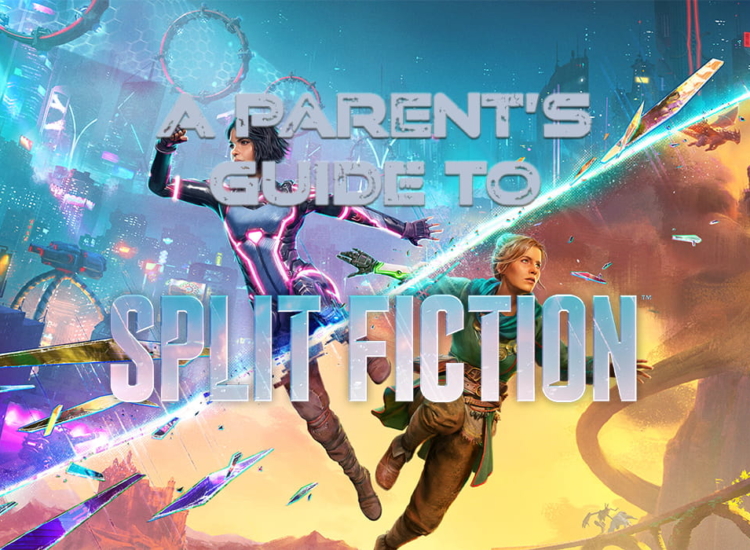What Parents Need to Know About Pokémon Scarlet and Violet
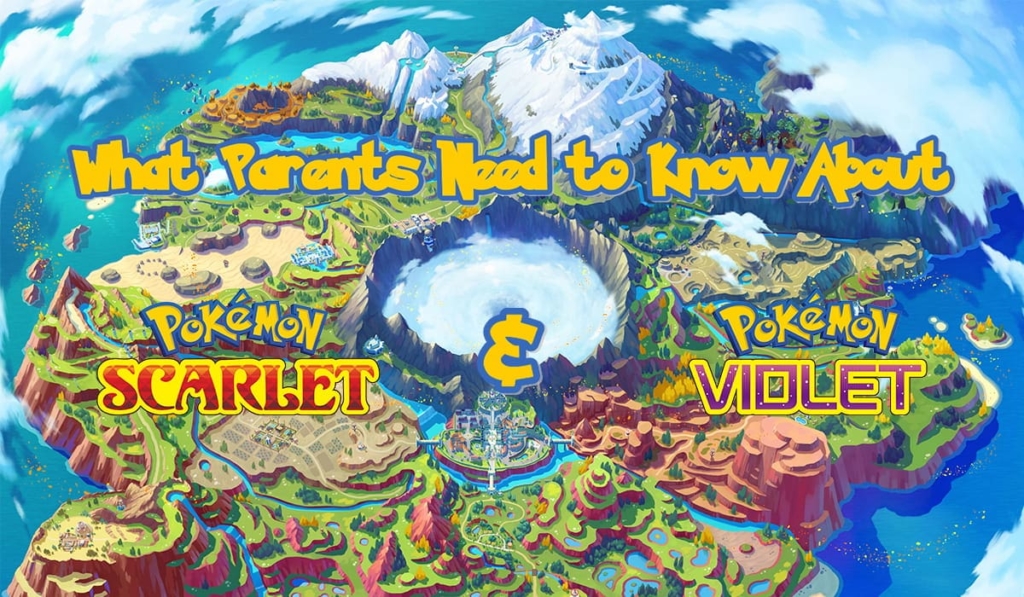
Frequent visitors of this blog may know that I am a certified* Pokémon Master. As someone who has played every version (and many of the spinoffs) for more than 25 years – I consider myself to be an expert in the field of Pokémon research and training. But to the uninitiated Pokémon can seem overwhelming, especially when you hear that what was once 151 elemental monsters has evolved (pun intended) into more than one thousand unique critters.
If your kids are asking for the new entry into the series, Pokémon Violet and Pokémon Scarlet, I have all the tips you need to decide if this entry is appropriate for your family.
*I’m not actually certified in anything Pokémon related and to my knowledge no such certification exists… but it should.
What are Pokémon Violet and Pokémon Scarlet?
Pokémon Violet and Pokémon Scarlet are the newest entries and the 9th “generation” of the long-running Pokémon series, developed by Gamefreak and co-published by the Pokémon Company and Nintendo. In this game the player is placed in the shoes of a new trainer who has just enrolled at a special Pokémon school. The player is charged with exploring the new region, Paldea (allegedly based on the real-world Iberian Peninsula), and catching as many unique Pokémon as possible. But there’s more to this school than just that, as the trainer sets off on a Paldea-wide treasure hunt. As such, Scarlet and Violet have familiar and new features (referred to as “Paths”) weaving into the main narrative, including:
- Victory Road: Battle and defeat 8 Gym Leaders around the region to qualify for “Champion Rank” Pokémon trainer.
- Path of Legends: A quest to help another trainer track down healthy recipes for Pokémon and searching for the “Herba Mystica”, a special ingredient. The trainer will have to battle Titan Pokémon (massive versions of Pokémon) to obtain them and learn more about the special herbs.
- Starfall Street: Team Star is made up of the school’s most rebellious students. The player will come up against several squads of Team Star – each with their own leader – in an attempt to stop the group’s disruptive behavior.
This may seem like a lot, but all of this revolves around catching, battling, and training Pokémon. These mechanics also hook into narrative themes about friendship, kindness, charity, bettering yourself, and more.
There are always new mechanics introduced to Pokémon games, and Violet and Scarlet continue this tradition. This generation introduces “Terastalizing,” which changes the type of a Pokémon to offer up more strategic play in difficult battles. Of course, there are also many secrets to uncover and Legendary Pokémon to find!
What’s the Difference Between Pokémon Scarlet and Pokémon Violet?
Each mainline entry in the Pokémon series releases with two versions. This has been true since the original Gameboy games from 1996 (Pokémon Red and Pokémon Blue). The versions are largely the same, but each have minor differences to encourage communication between players.
For example, Pokémon Scarlet will have a handful of Pokémon that can only be caught in that version. The same goes for Pokémon Violet. Trainers will also see some different gym leaders between versions, and possibly even some slightly different narrative threads.
There are also many secrets to uncover and Legendary Pokémon to find!
Some people go ahead and get both versions (I am “some people”) so they can experience all the content. But others just pick whichever color they prefer and make friends to trade the “version exclusive” Pokémon!
Are Pokémon Violet and Pokémon Scarlet Appropriate for Kids?
Pokémon Violet and Pokémon Scarlet are rated E for Everyone, with a Content Descriptor for Mild Fantasy Violence. Both versions also have Interactive Elements including Users Interact (meaning players can communicate online if they choose) and In-Game Purchases (meaning the game offers the ability to use real-world currency to purchase in-game currency or items). More below on how you can manage online gameplay and/or in-game purchases.
These latest entries in the series are also open world games. This means the player can freely explore with minimal barriers and loading screens. And while there’s a lot of “catching” and “battling”, according to ESRB’s Rating Summary, the player can choose among “cartoony attacks (e.g., ember, tackle, bite) from a menu and watching Pokémon perform the actions; smacking/zapping sounds and mild explosions are depicted, indicating damage.”
It’s also worth noting that defeating an opponent’s Pokémon simply makes it faint, which can be easily reversed by taking it to a Pokécenter (basically a magical healing machine).
Playing Pokémon Violet and Pokémon Scarlet Online
Pokémon Violet and Pokémon Scarlet offer the ability for trainers to play together online in a variety of ways. Using a new feature, called the Poké Portal, trainers can connect either locally or through the internet to enable cooperative and competitive mechanics. Up to four people can connect to explore the world together, challenge unique and powerful Pokémon, trade, battle, and more.
In many cases, your kids will not be able to openly communicate via voice or text while they play. Remember that none of this is mandatory if your kids aren’t quite ready to play online with others.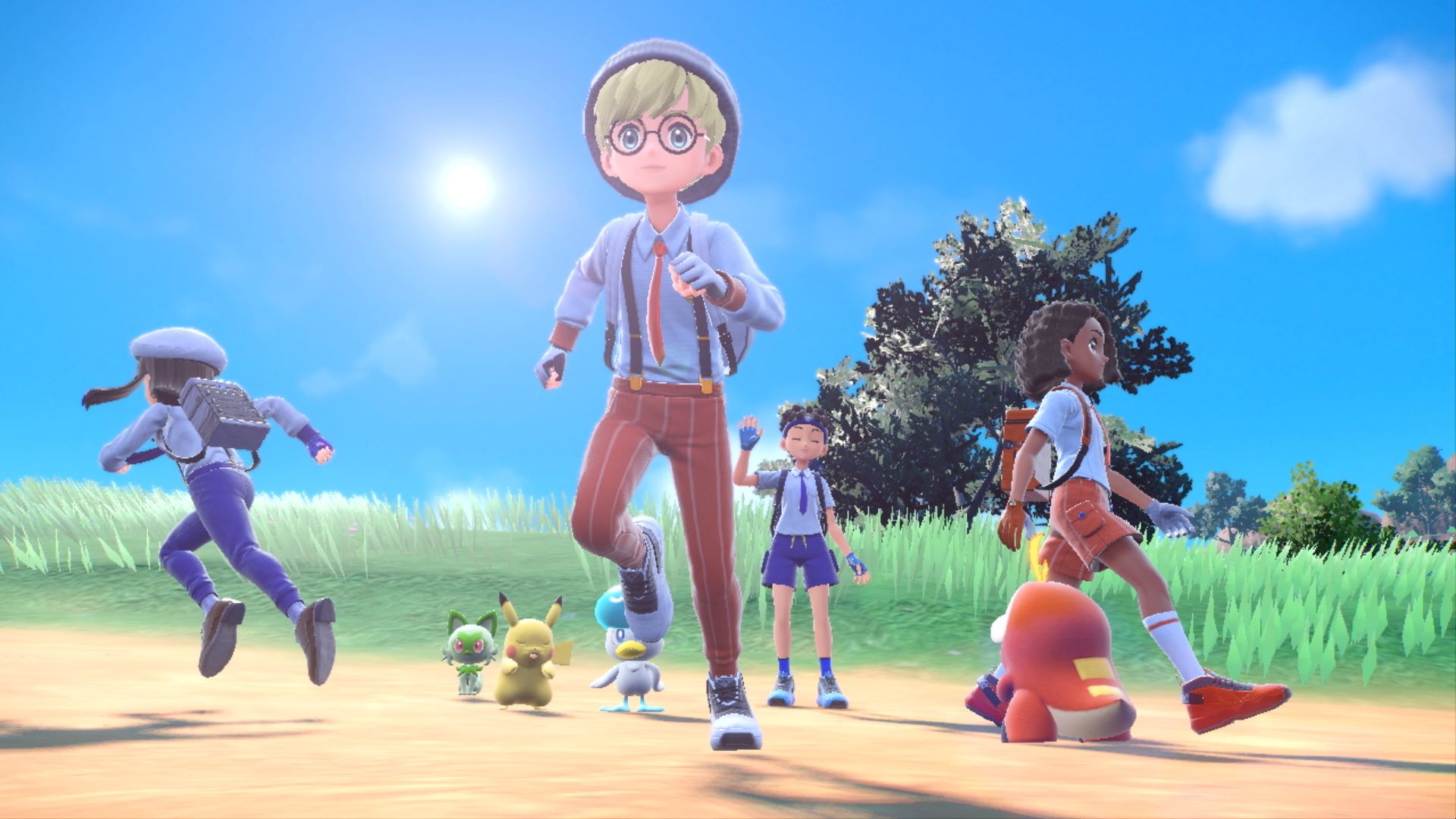
Fortunately, the Nintendo Switch includes parental controls that allow you to manage with whom your kids can communicate. If you’d like, you can even block online communication entirely using these settings.
How Much Do Pokémon Violet and Pokémon Scarlet Cost?
Pokémon Violet and Pokémon Scarlet each cost $59.99 individually on the Nintendo Switch family of consoles. Should you want to get both versions, there are double packs available from some retailers for $119.99.
In many cases, your kids will not be able to openly communicate via voice or text while they play.
Like with online communication, the Nintendo Switch also include parental controls to help manage spending. These controls can limit (or block!) purchases from the Nintendo eShop, meaning your kids will need to get permission from you to spend any money on in-game purchases, new games, or expansions.
Staying Involved With Your Kids’ Adventure
Like with most things, the best way to keep track of your kids’ video games is to stay involved. This looks different for every family; some may discuss video games at the dinner table, while others may sit down and play together! There is no wrong way, and if you’re looking for some helpful tips to keep peace of mind visit our Family Gaming Guide.
